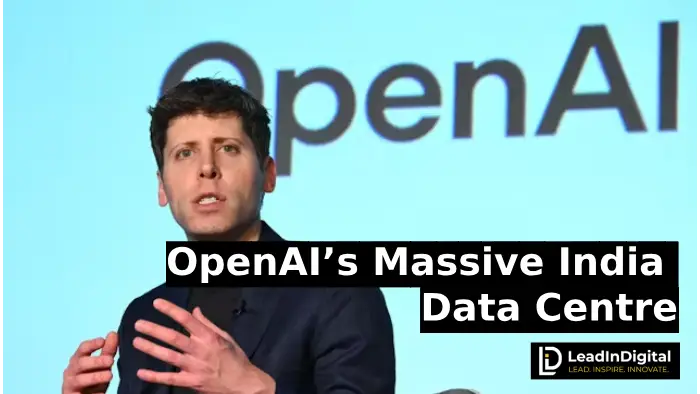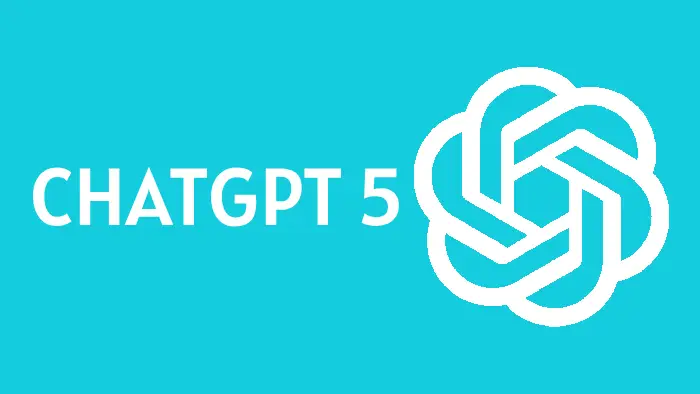
The competition to construct the most potent AI infrastructure in the world is intensifying, and OpenAI recently made history by announcing plans to construct a massive 1 gigawatt data center in India. This announcement marks a new era in AI innovation as well as strategic international collaborations centered on data sovereignty, cloud computing, and digital infrastructure for tech hubs such as the USA, Canada, Europe, Russia, and Africa. This article examines the significance of OpenAI's India expansion for Tier 1 nations and its implications for the future.
The Boom of AI Data Centers: Why Now?
The rapid development of AI in recent years has led to an unprecedented need for massive data centers with clusters of GPUs and TPUs that can run and train intricate models. This data center in India is part of OpenAI's Stargate project, a massive global buildout that aims to increase computing capacity by multiple gigawatts, guaranteeing secure, scalable, and quick AI services. India is the ideal location for this expansion due to its talent pool, expanding digital economy, and strategic geographic location.
This indicates that Tier 1 nations must quickly develop AI infrastructure in order to stay competitive worldwide. Although the USA and Europe have long led the industry, Asia led by India is quickly emerging as a key center for innovation in cloud computing and artificial intelligence. This equilibrium shifts the balance of power in the AI race and encourages global investments in scalable, energy-efficient data centers.
The Implications of OpenAI's India Data Center for Tier 1 Nations
More than just processing power is represented by the 1 gigawatt facility OpenAI intends to build:
While complying with international regulations like the GDPR in Europe and the data privacy laws in the USA and Canada, local data residency strengthens data sovereignty for Indian businesses. Tier 1 countries see this as a model for responsible data management in the age of AI.
Global Partnerships: Working with Indian companies and governments creates opportunities for collaborative innovations, cross-border workforce development, and cross-continental cloud service partnerships.
Competition in Cloud Infrastructure: As a result of OpenAI's growth, cloud providers are under more pressure to innovate more quickly in Tier 1 markets in order to maintain their market leadership.
Energy and Sustainability: The project emphasizes the urgent need for green energy solutions in data centers, which is a major concern for Tier 1 countries that prioritize the environment, given the high energy demands.
With countries looking to protect their digital infrastructure and use AI to boost economic competitiveness, the facility highlights the growing significance of AI in geopolitical strategies.
The Stargate Initiative and OpenAI's Strategic Actions
With facilities slated to be built in the USA, India, and other important international markets, OpenAI's Stargate program is a multibillion dollar investment in AI infrastructure. With a capacity of one gigawatt, the India data center is one of the biggest to be announced. It combines cloud services provided through partnerships with Microsoft and Oracle with AI computation. The scope and aspirations demonstrate OpenAI's mission to democratize access to AI while preserving performance and security.
Stargate improves AI readiness for Tier 1 regions and emphasizes how the future depends on ultra-large-scale data infrastructure, necessitating innovation and teamwork.
What It Signifies for Businesses and AI Users
Faster AI Model Deployment: AI-powered applications will run more quickly thanks to lower latency and localized AI computation, which will enhance user experiences and business results.
Faster AI Model Deployment: Reduced latency and localised AI compute will speed up AI-powered applications, improving user experiences and business outcomes.
Benefits of Data Compliance: Local storage choices help companies better abide by national and international data protection regulations.
Costs and Efficiency: As cloud computing costs decline due to increased competition and scale, AI tools become more accessible and reasonably priced.
Innovation Acceleration: Advances in next-generation AI made possible by increased processing power have the potential to upend markets and establish new industries.
Challenges and Considerations
Although encouraging, Tier 1 audiences have concerns about this expansion:
Environment and Energy Consumption: Governments that care about the environment have made green energy investments a top priority. These investments will be necessary to meet the 1 gigawatt demand in a sustainable manner.
Security and privacy: It's still crucial to protect data in the face of rising cyberthreats.
Regulatory Alignment: It will be difficult to strike a balance between innovation and compliance in various jurisdictions.
Talent and Skill Development: Establishing regional AI talent pools is crucial for
Conclusion
The world of AI and cloud computing is changing as a result of OpenAI's audacious decision to build a 1 gigawatt AI data center in India. It's a call to action rather than just a headline for Tier 1 nations like the USA, Canada, and European countries. The action underscores the importance of data sovereignty and regulation, highlights India's growing regional leadership in AI, and foreshadows intense competition in the race for AI infrastructure.
Tier 1 nations can strategically place themselves at the forefront of AI innovation and guarantee that they fully benefit from the social, economic, and technological ramifications of the next wave of AI transformation by closely monitoring and participating in initiatives like OpenAI's Stargate project.




